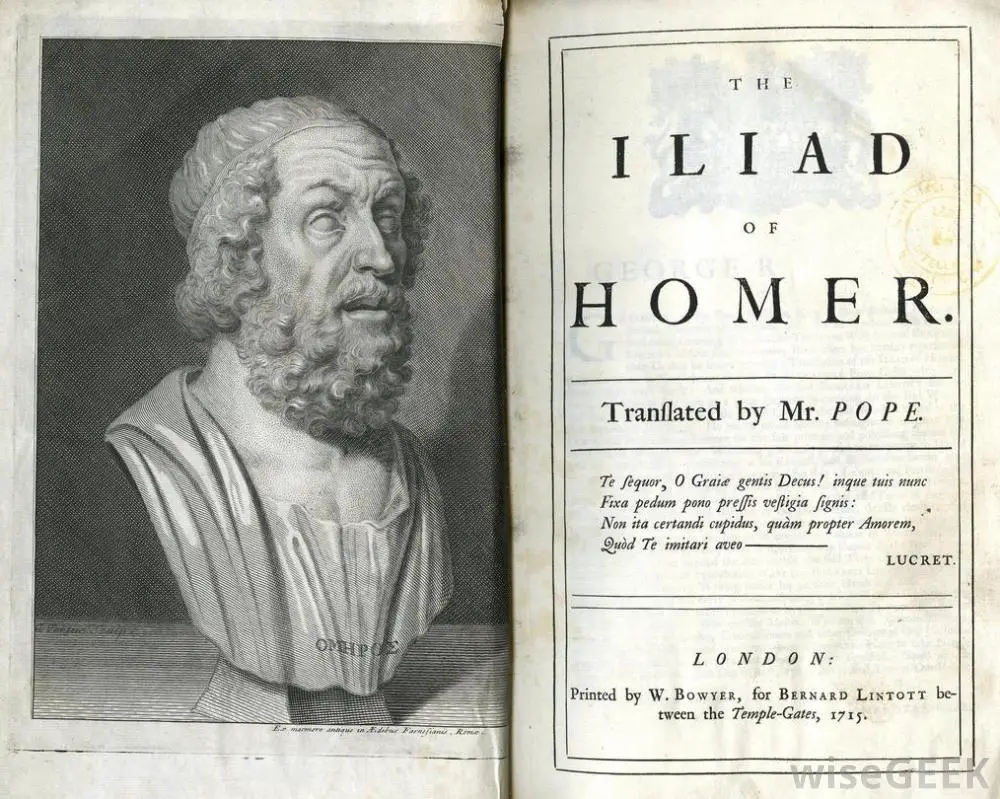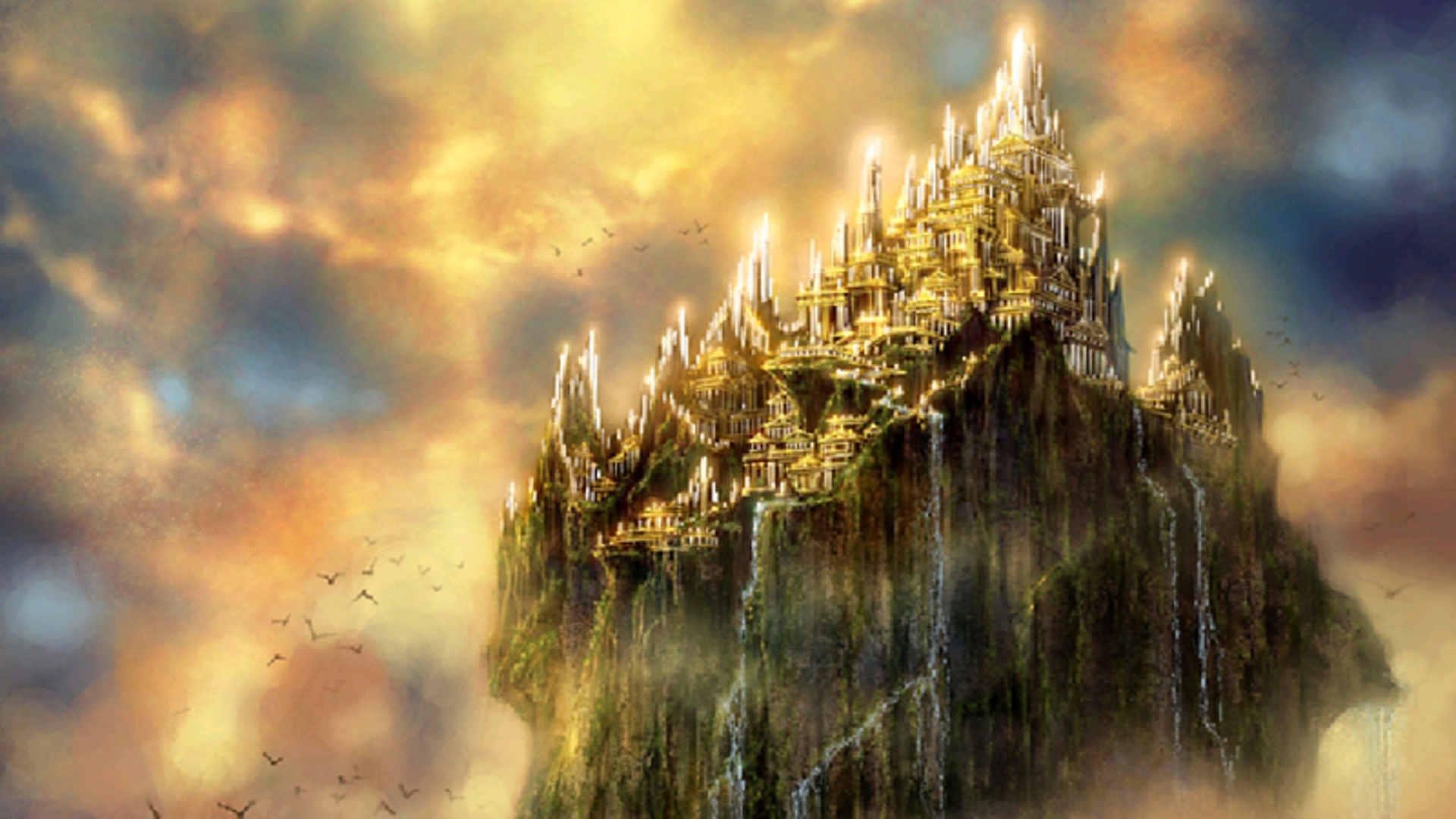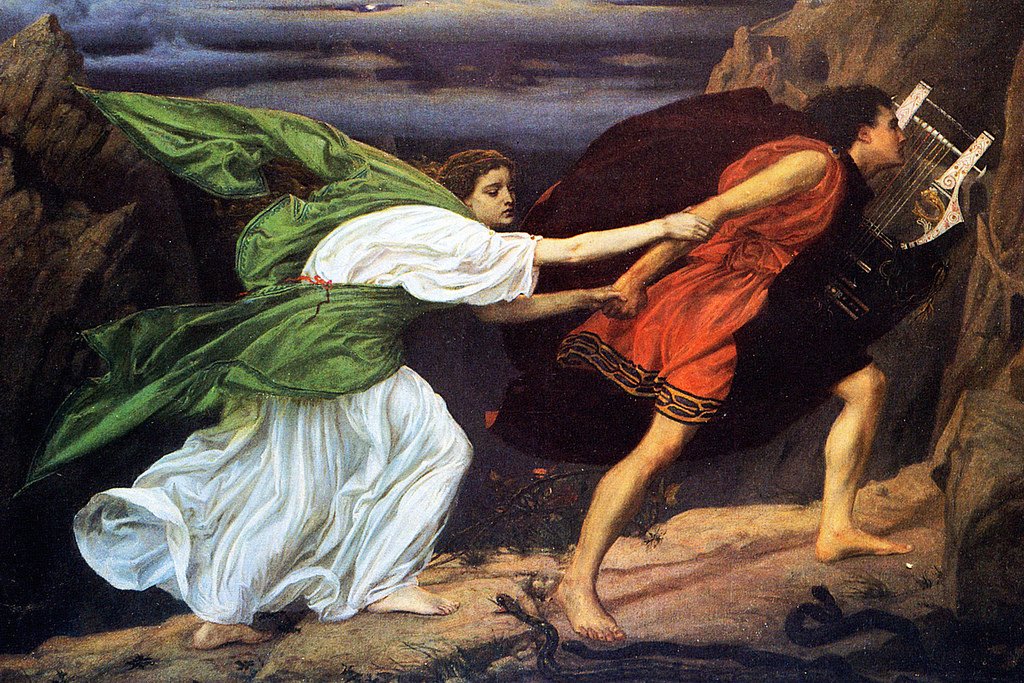
Greek mythology, body of stories concerning the gods, heroes, and rituals of the ancient Greeks. That the myths contained a considerable element of fiction was recognized by the more critical Greeks, such as the philosopher Plato in the 5th–4th century BCE. In general, however, in the popular piety of the Greeks, the myths were viewed as true accounts. Greek mythology has subsequently had extensive influence on the arts and literature of Western civilization, which fell heir to much of Greek culture. Although people of all countries, eras, and stages of civilization have developed myths that explain the existence and workings of natural phenomena, recount the deeds of gods or heroes, or seek to justify social or political institutions, the myths of the Greeks have remained unrivaled in the Western world as sources of imaginative and appealing ideas. Poets and artists from ancient times to the present have derived inspiration from Greek mythology and have discovered contemporary significance and relevance in Classical mythological themes.
Sources of Myths: The Homeric poems

The 5th-century-BCE Greek historian Herodotus remarked that Homer and Hesiod gave to the Olympian gods their familiar characteristics. Few today would accept this literally. In the first book of the Iliad, the son of Zeus and Leto is as instantly identifiable to the Greek reader by his patronymic as are the sons of Atreus. In both cases, the audience is expected to have knowledge of the myths that preceded their literary rendering.
Sources of Myths: The works of Hesoid
he fullest and most important source of myths about the origin of the gods is the Theogony of Hesiod (c. 700 BCE). The elaborate genealogies mentioned above are accompanied by folktales and etiological myths. The Works and Days shares some of these in the context of a farmer’s calendar and an extensive harangue on the subject of justice addressed to Hesiod’s possibly fictitious brother Perses.The Theogony declares the identities and alliances of the gods, while the Works and Days gives advice on the best way to succeed in a dangerous world, and Hesiod urges that the most reliable—though by no means certain—way is to be just.
Sources of Myths: Archaeological Discoveries
The discovery of the Mycenaean civilization by Heinrich Schliemann, a 19th-century German amateur archaeologist, and the discovery of the Minoan civilization in Crete by Sir Arthur Evans, a 20th-century English archaeologist, are essential to the 21st-century understanding of the development of myth and ritual in the Greek world. Geometric designs on pottery of the 8th century BCE depict scenes from the Trojan cycle, as well as the adventures of Heracles. The extreme formality of the style, however, renders much of the identification difficult, and there is no inscriptional evidence accompanying the designs to assist scholars in identification and interpretation.
Forms of Myths: Religious Myths

Greek religious myths are concerned with gods or heroes in their more serious aspects or are connected with ritual. They include cosmogonical tales of the genesis of the gods and the world out of Chaos, the successions of divine rulers, and the internecine struggles that culminated in the supremacy of Zeus, the ruling god of Olympus (the mountain that was considered the home of the gods). They also include the long tale of Zeus’s amours with goddesses and mortal women, which usually resulted in the births of younger deities and heroes. Myths of Dionysus, on the other hand, demonstrate the hostility aroused by a novel faith. Some myths are closely associated with rituals, such as the account of the drowning of the infant Zeus’s cries by the Curetes, attendants of Zeus, clashing their weapons, or Hera’s annual restoration of her virginity by bathing in the spring Canathus.
Forms of Myths: Legends
Myths were viewed as embodying divine or timeless truths, whereas legends (or sagas) were quasi-historical. Hence, famous events in epics, such as the Trojan War, were generally regarded as having really happened, and heroes and heroines were believed to have actually lived. Earlier sagas, such as the voyage of the Argonauts, were accepted in a similar fashion. Most Greek legends were embellished with folktales and fiction, but some certainly contain a historical substratum. Such are the tales of more than one sack of Troy, which are supported by archaeological evidence, and the labors of Heracles, which might suggest Mycenaean feudalism. Again, the legend of the Minotaur (a being part human, part bull) could have arisen from exaggerated accounts of bull leaping in ancient Crete.
Forms of Myths: Folktales

Folktales, consisting of popular recurring themes and told for amusement, inevitably found their way into Greek myth. Such is the theme of lost persons—whether husband, wife, or child —found or recovered after long and exciting adventures. Journeys to the land of the dead were made by Orpheus (a hero who went to Hades to restore his dead wife, Eurydice, to the realm of the living), Heracles, Odysseus, and Theseus (the slayer of the Minotaur). The victory of the little man by means of cunning against impossible odds, the exploits of the superman (e.g., Heracles), or the long-delayed victory over enemies are still as popular with modern writers as they were with the Greeks.
